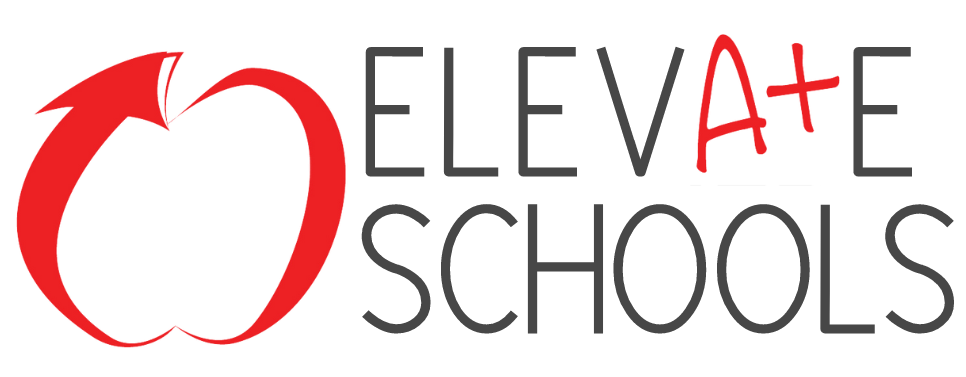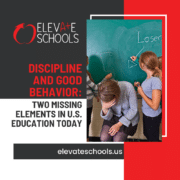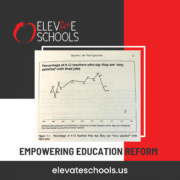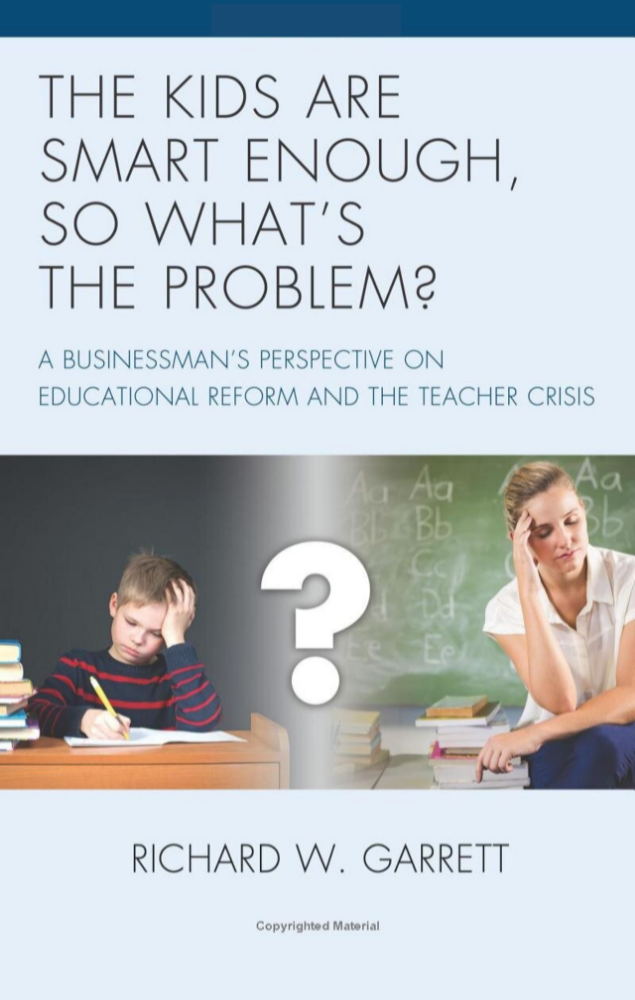Critical Analysis of Wisconsin: The Grave Condition of Student Performance
Wisconsin’s public education system meets the national average but falls short of the educational benchmarks set by many other developed countries. Like many other states, Wisconsin faces significant challenges that impede student success. Low proficiency rates in reading and mathematics and a lack of college-ready graduates underscore a systemic issue that requires urgent attention.
What’s Happening in Wisconsin?
Exam results paint a concerning picture of Wisconsin’s educational landscape. In 2022, a staggering 37% of Wisconsin fourth-graders failed the National Assessment of Educational Progress (NAEP) reading exam. This alarming statistic is compounded by the pervasive practice of social promotion, which advances students to the next grade regardless of their academic performance. This policy, while well-intentioned, can have detrimental long-term consequences. Students promoted without mastering foundational skills, such as reading, will likely struggle in subsequent grades, perpetuating a cycle of academic difficulties.
The Lasting Impact of Social Promotion
The practice of promoting students despite failing to meet reading benchmarks creates a domino effect. Students inadequately prepared for the challenges of higher grades often struggle to keep pace with their peers, hindering their overall academic success. Furthermore, research shows that 25% of US high school graduates read at a 10-year-old level, highlighting the long-term consequences of inadequate early reading instruction in our society.
College and Career Readiness
Wisconsin’s College and Career Readiness (CCR) definition primarily relies on standardized test scores, such as the ILEARN and SAT assessments. However, this narrow focus raises questions about the accuracy of such a metric. While one measure suggests a 36% CCR rate, a closer examination of SAT results reveals a stark discrepancy. Only 44% of Wisconsin graduates meet the SAT benchmarks in reading and math, indicating a significant gap between the state’s self-assessment and the rigorous standards higher education institutions demand.
This discrepancy underscores the need for a more comprehensive approach to assessing college readiness that comprehensive assessment, considering coursework rigor, extracurricular involvement, and practical skills, reveals a potential disparity. This suggests the need for a broader approach to evaluating college readiness.
The Data Demands Immediate Reform
Wisconsin needs a thorough reform plan addressing the following:
- Early Intervention: This is a critical component of addressing reading difficulties. Schools can help prevent these challenges from escalating into more significant problems by providing targeted support to struggling readers in the early grades.
- Effective Teaching Strategies: By implementing research-based methods, teachers can create a more effective learning environment that promotes more profound understanding and fosters student engagement.
- Parental Involvement: Encouraging active parental participation in children’s education creates a more supportive and effective learning environment, a crucial component of student success.
- Addressing Socioeconomic Disparities: Promoting and fostering a deeper understanding of socioeconomic disparities is essential for student success. Research-based methods are essential for teachers to create a more equitable and effective learning environment.
- Data-Driven Decision Making: Using assessment data to guide instructional practices and identify areas for improvement, schools can make informed decisions that benefit all students.
The data paints a concerning picture of Wisconsin’s education system, revealing low proficiency rates in reading and math, a lack of college readiness among graduates, and systemic issues exacerbated by social promotion and socioeconomic disparities. To address these challenges, Wisconsin must implement a comprehensive reform plan prioritizing early intervention, effective teaching strategies, parental involvement, addressing socioeconomic disparities, and data-driven decision-making.
By taking decisive action, Wisconsin can create a more equitable and effective education system that empowers all students to reach their full potential. Learn more at elevateschools.us and join the movement by sending a https://elevateschools.us/education-reform-letter/.












